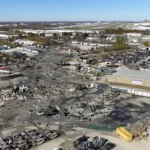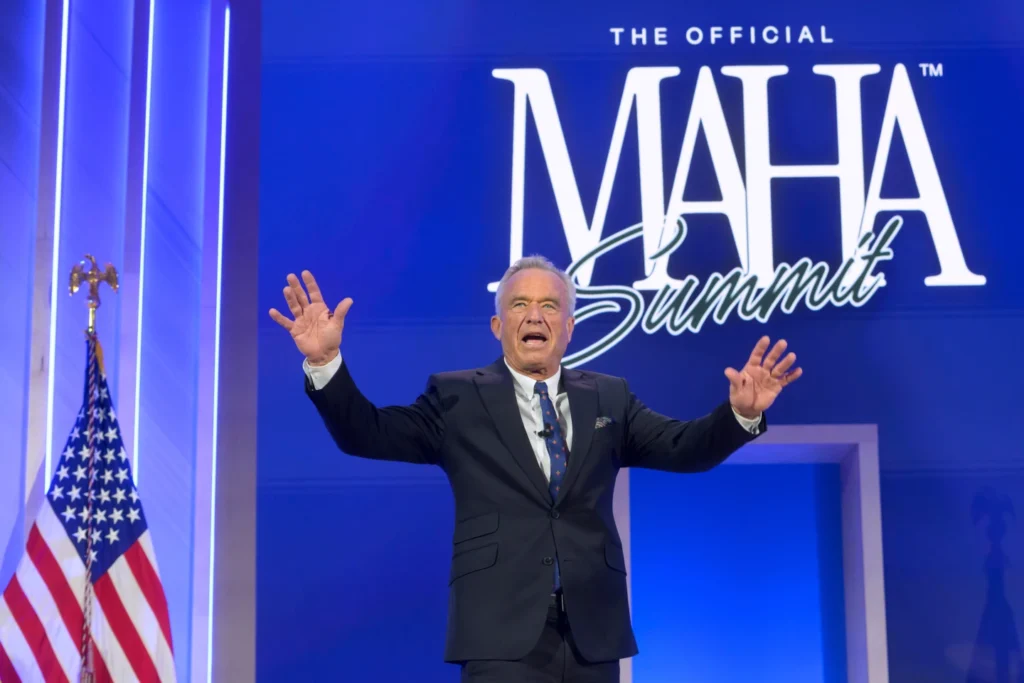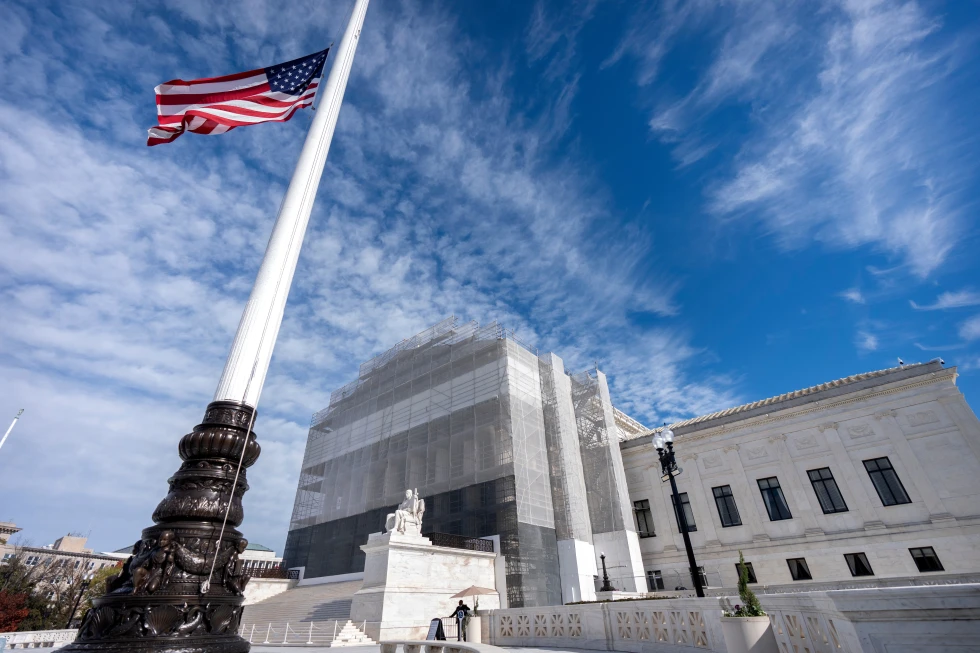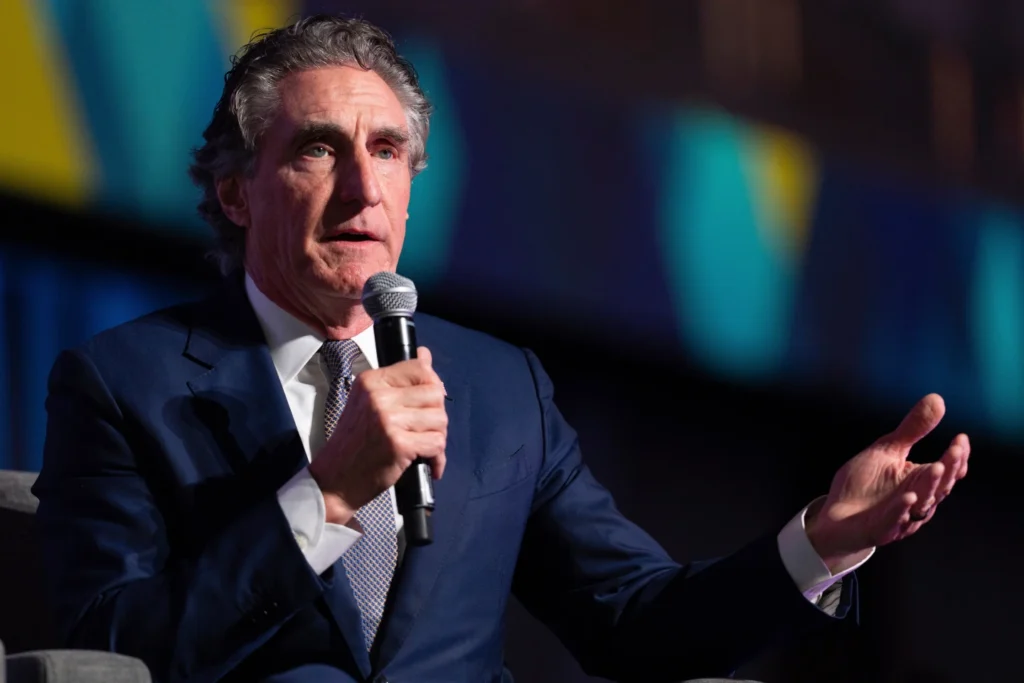Trump Putin Alaska Summit Could Shape Ukraine War’s Outcome

Trump-Putin Alaska Summit Could Shape Russia-Ukraine War’s Future
ANCHORAGE, Alaska — U.S. President Donald Trump is holding a high-stakes meeting with Russian President Vladimir Putin in Alaska on Friday, a summit that could influence not only the Russia-Ukraine war but the broader security landscape of Europe.
For Trump, the Trump Putin Alaska summit is a chance to showcase himself as a global peacemaker and master negotiator, reviving a reputation he cultivated during his first term. He has repeatedly claimed he could broker an end to the war quickly — a claim now being put to the test.
For Putin, the meeting offers an opportunity to secure Russian territorial gains, block Ukraine’s NATO aspirations, and potentially steer Kyiv back toward Moscow’s influence.
Risks for Both Leaders
The summit’s structure has already drawn criticism. Ukrainian President Volodymyr Zelenskyy has been excluded from this initial meeting, undermining the West’s “nothing about Ukraine without Ukraine” principle. Critics fear Trump could agree to terms Kyiv rejects.
By hosting Putin on U.S. soil, Trump is offering symbolic legitimacy to the Russian leader, shunned by the West since his 2022 invasion. The optics alone could strengthen Putin’s image at home and abroad.
Putin has consistently demanded any ceasefire include halting Western arms supplies and freezing Ukraine’s mobilization — conditions Kyiv and its allies reject. Trump, meanwhile, has floated the idea of a broader peace deal and hinted Zelenskyy might later be invited to Alaska for a three-way meeting, a proposal Russia has not embraced.
Diverging Expectations
In the lead-up to the Trump Putin Alaska summit, Trump called it “really a feel-out meeting” but also warned of “very severe consequences” if Putin refuses to negotiate. He acknowledged only a “25% chance” of success.
On Thursday, Trump told Fox News Radio he wants a “broad peace deal” rather than a temporary ceasefire. He also suggested Ukraine might have to cede territory, saying, “I’ve got to let Ukraine make that decision. And I think they’ll make a proper decision.”
Putin’s team has signaled they will state their position clearly but has avoided setting expectations. Russian Foreign Minister Sergei Lavrov remarked, “We never plan ahead.”
A Strategic Setting
The meeting is being held at Joint Base Elmendorf-Richardson, a Cold War-era facility still tasked with intercepting Russian aircraft. Alaska, purchased from Russia in 1867, sits just three miles from Russian territory at its closest point — a symbolic choice that underlines the geographic and strategic stakes.
By holding talks on a U.S. military base, the leaders can avoid protests and meet under tight security. Analysts note that the location also distances the negotiations from both European capitals and Kyiv.
Global Eyes on Anchorage
Foreign governments, including U.S. adversaries such as China, Iran, and North Korea, are watching to gauge Trump’s approach to Putin. Andrea Kendall-Taylor of the Center for a New American Security warned that Trump’s posture will send a message about whether his threats are credible or whether, as in past cases, he seeks to soften them.
Pro-Kremlin voices in Moscow have expressed hope the meeting will weaken Europe’s united front against Russia. Analyst Dmitry Suslov said the summit could “deepen a trans-Atlantic rift and weaken Europe’s position as the toughest enemy of Russia.”
War’s Heavy Toll Continues
The meeting comes as both Ukraine and Russia face mounting losses. Ukraine, battling a far larger army across a 600-mile front, continues to endure airstrikes and artillery bombardments. Western military and financial aid remains vital, but political divisions in the U.S. and Europe have fueled uncertainty about its long-term support.
Whether the Alaska talks produce a breakthrough, a stalemate, or deepen existing divides, the outcome could reshape the future of the Russia-Ukraine war, NATO’s role in Eastern Europe, and the balance of power between Washington and Moscow.
SOURCE: AP News
: 177







